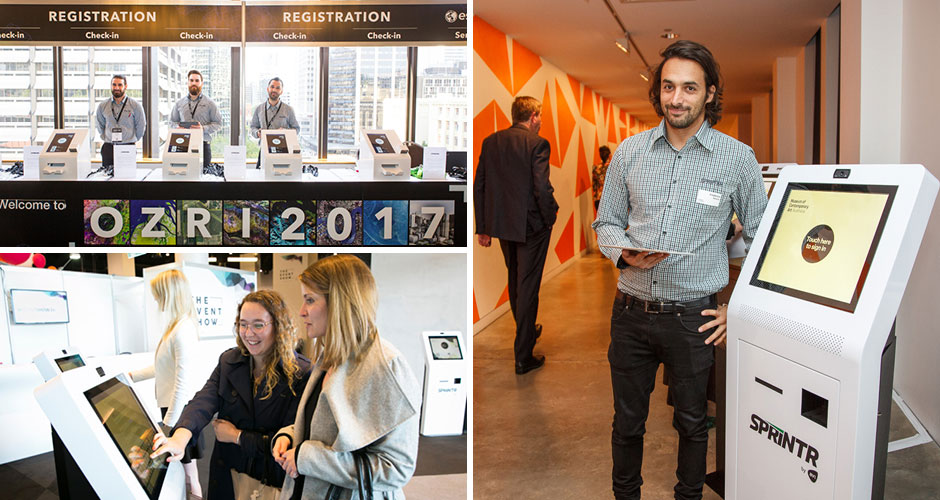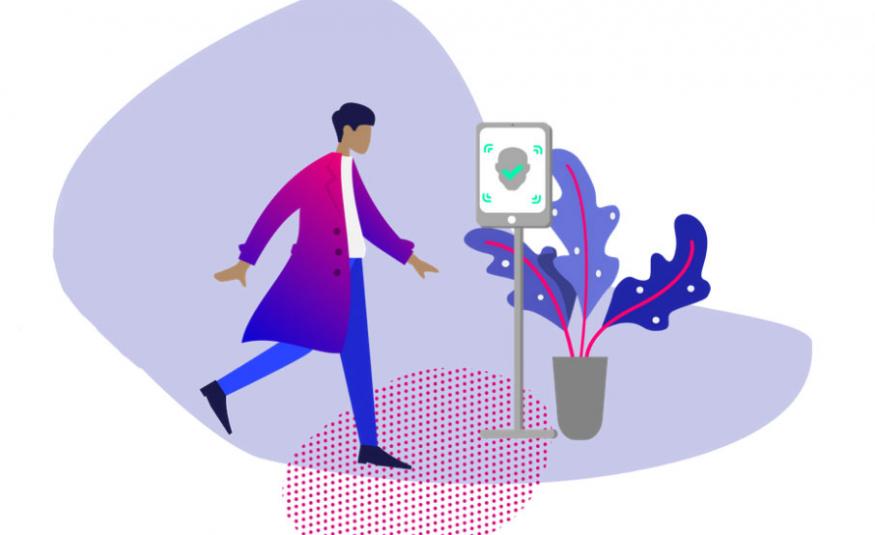Richard John profiles a company updating the event registration experience for the modern age.
 As organisers understand the need to enhance the experience of event delegates, focus has turned to the thorny issue of registration.
As organisers understand the need to enhance the experience of event delegates, focus has turned to the thorny issue of registration.
Even on the threshold of 2020, pictures still emerge of impatient crowds gathering around harassed staff, who desperately try and assemble and distribute badges to the masses.
Switched-on organisers understand the need to refine the process, and new developments are appearing. Facial recognition at airports is already familiar to most international travellers and is now being used as a tool for unlocking mobile devices. It has now made its way to major events in both the Europe and the US.
Zenus is one company offering the option of uploading a photo during the registration process, and are claiming a 50-75% take-up, on a par with event app uptake. The company states that it reduces check-in time to less than eight seconds and integrates seamlessly with other providers.
“Enhancing the customer experience starts with getting the language right,” says Keith Findlay, who runs the European arm of the Australian company AV1, which has revolutionised many antipodean events with its self-service kiosks.

“We have large signs at events with the word ‘Registration.’ In fact, most people have already registered; this element is the check-in, and maybe we should steal the airline analogy.
“In our daily lives we are all becoming more and more used to automation, with self-service options and AI influencing what we do, buy and experience. There’s no reason why we shouldn’t have the same experience at a tradeshow.”
Aside from the cost-saving opportunity for organisers, increasing choice for customers is at the heart of the new technology. “It shouldn’t be about aiming to get rid of human interaction,’ explains Findlay. “But it is about the choice that we have elsewhere – banks, shops, airports – to engage with a human being or not. I think those registration staff are better utilised welcoming people and directing them to the coffee.”
While making the process faster at the event may be appealing, developments such as Sprintr offer another key benefit. The kiosks can be sited at external locations, such as airports, stations and hotels.
“A 10,000-person event might see the majority of attendees concentrated at a dozen large hotels,” says Findlay. “Doesn’t it make sense to allow them to collect their badge at a time that suits them, rather than join the huddled masses when the doors first open?”
The kiosks are stand-alone units with a digital keyboard, allowing delegates to make changes (subject to whatever security protocols the organiser wishes to include.) The design of the kiosks and the large screens are also perfect as sponsorship platforms, music to the ears of most organisers. They are also designed to be agnostic, merging with whatever registration system organisers use.
Such a strategy also ticks the ‘green’ box; badges can be printed straight from a barcode and onto sustainable badge stock. Less paper can be consumed using double-sided printing. And if you feel name badges are passé, Sprintr offers a wristband which – like their badge stock – come in plastic-free, bio-degradable paper. The self-service kiosks can also print small stick- and eco-friendly lanyards which are made from bamboo.
Event registration may not be the most exciting element of an event, however, a faster, seamless and customer-centric approach not only delights your visitors, but should provide them with more time inside your event. And that’s what really matters.





